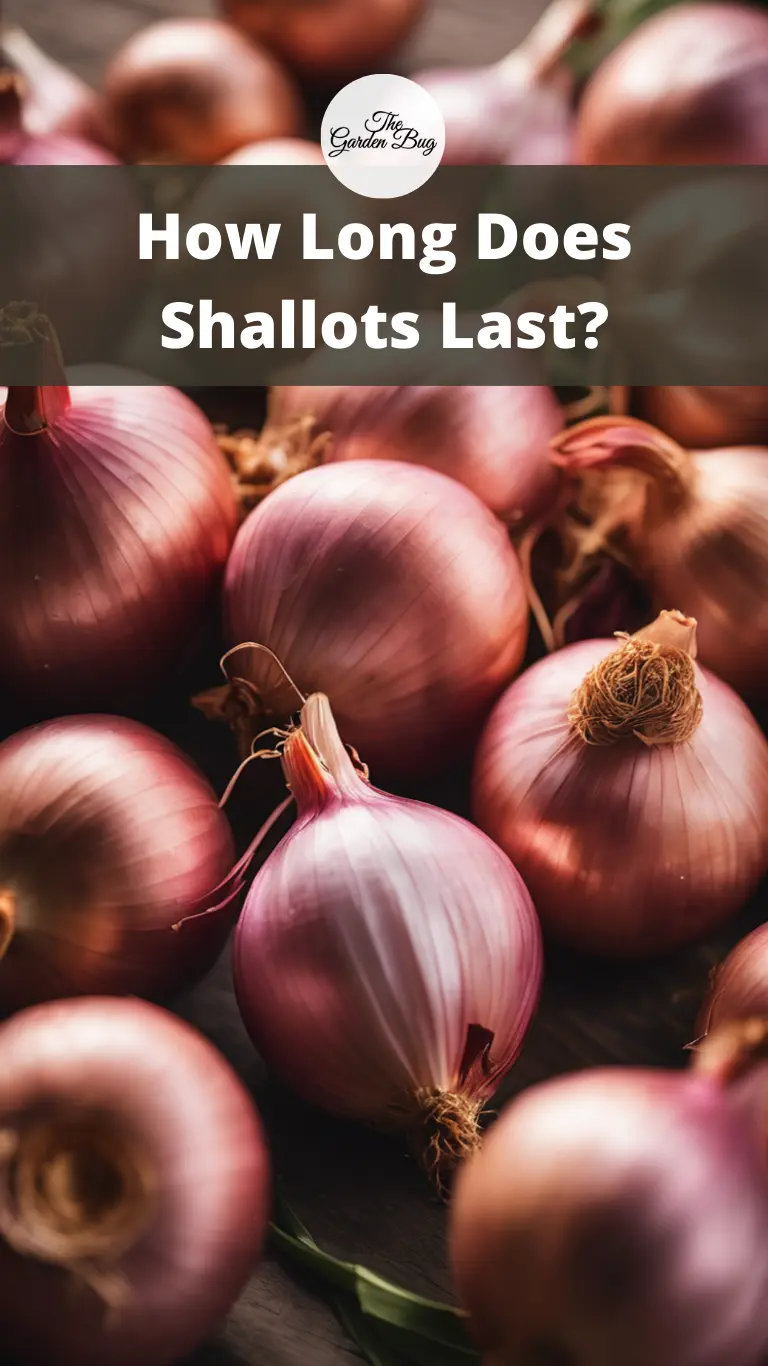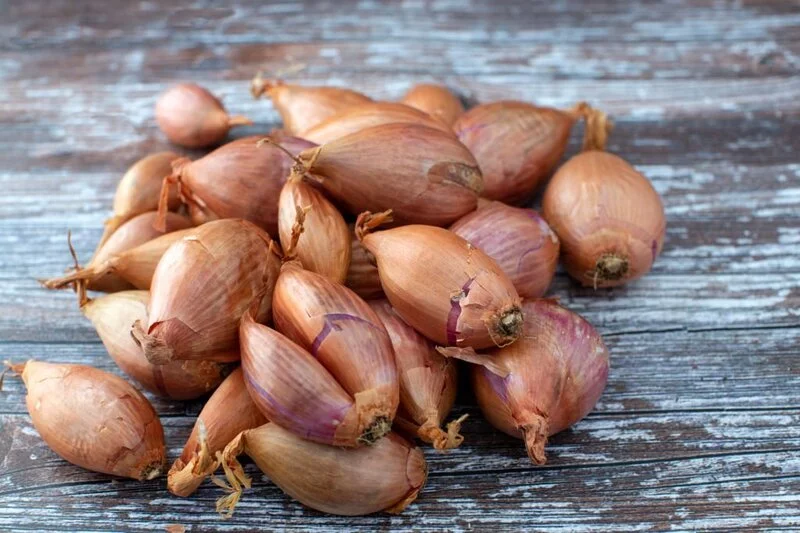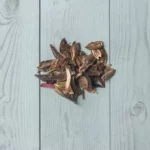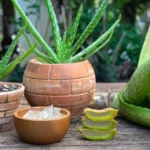Have you ever bought a bunch of shallots, only to wonder how long they can sit on your kitchen counter before they go bad? If so, you’re not alone. Understanding the storage life of shallots can save you from the disappointment of a spoiled ingredient, and it can also help you plan meals more efficiently. In this article, we will discuss all about shallots and their storage life. So, let’s get started!
- 2 lb. Fresh Shallots
- Produce of USA.
Shallots and Their Storage Life
Shallots, the mild-flavored relatives of onions and garlic, are a favorite ingredient in many dishes. They add a subtle, sweet, and slightly pungent flavor that can enhance a variety of recipes. But how long do shallots last? Well, if stored properly, whole, unpeeled shallots can last between one to two months. Once you cut a shallot open or peel it, it can last for about a week in the refrigerator. But, the actual shelf life can also depend on other factors like the freshness of the shallots when purchased, the storage conditions, and the humidity levels. In the next sections, we will dig deeper into these factors and provide tips on how to extend the life of your shallots.
Factors Affecting the Shelf Life of Shallots
Just like any other fresh produce, several factors can affect the shelf life of shallots. For instance, if you buy shallots that were harvested a long time ago, they might not last as long as the ones that were recently picked. Also, if you live in a place with high humidity or high temperature, your shallots might spoil faster. That’s why it’s important to consider where and how you store your shallots. On the other hand, if your shallots are damaged, have cuts or bruises, or are not firm to the touch, they may not last as long as expected. So, always choose fresh, firm, and unblemished shallots when shopping.
Best Ways to Store Shallots
To make your shallots last as long as possible, you need to store them correctly. The ideal place for storing shallots is a cool, dry, dark place with good air circulation. This could be a pantry, a cellar, or a drawer in your kitchen. Avoid storing them in a plastic bag because this can trap moisture and speed up decay. Instead, use a mesh bag or a paper bag. If you have already peeled or cut your shallots, store them in airtight containers or sealed plastic bags in the refrigerator. This way, they can stay fresh for about a week. Remember, proper storage not only extends the life of your shallots but also helps maintain their flavor and nutritional value. So, follow these tips to keep your shallots fresh and ready for your next cooking adventure!
Signs That Shallots Have Gone Bad
As fresh produce, shallots eventually spoil, and it’s crucial to recognize the signs. The first sign is a change in color. Healthy shallots usually have a light golden or pink hue, so if they turn dark brown or black, it’s time to toss them out. Also, if they feel mushy or have a strong, unpleasant smell, those are clear signs that they’ve spoiled. Mold growth, which might appear as white, fuzzy spots, is another giveaway. Remember, using spoiled shallots not only affects the taste of your dishes but could also lead to food poisoning. So, it’s better to be safe than sorry!
Tips for Using Old Shallots
Shallots that are nearing their end but aren’t spoiled yet can still be used. You can chop them up and freeze them, then use them later in cooked dishes where the texture won’t matter as much. Alternatively, you could pickle them or make a delicious shallot jam. However, if the shallots have started sprouting, don’t throw them out yet. You can plant these sprouted shallots in your garden or a pot and watch them grow into new plants! Isn’t that a fun and sustainable way to use old shallots?
- USDA Hardiness Zone. Shallots are a tasty, easy, and quick biennial vegetable, grown in 2–10 (USDA).
- Fast Growing. Shallots should be planted in the fall or early spring, and with their fast growth rate, they are usually ready to harvest in 100-120 days on average.
- Sow. Use a shallow tray with a seed-starting mix, and sow seeds only around 1/4 inch deep. Place the tray in a bright location and keep the soil moist. Seedlings will emerge in about a week.
- Space. Plant Shallots seeds around 6 to 8 inches apart in rows, and space each row around 12 to 18 inches apart.
- Sun. For best results, grow your shallots in full sun, meaning at least six hours of direct sunlight on most days.
Conclusion
Shallots are a versatile ingredient that can add flavor and depth to many dishes. Knowing how long they last and how to properly store them can help reduce waste and ensure you always have fresh, tasty shallots on hand. Remember the signs of spoilage and the tips for using old shallots, and you’ll be a shallot pro in no time! Always choose quality over quantity, and your dishes will surely thank you for it.







